Summer is finally here and it’s time to enjoy those perfect summer days and nights. There is nothing quite like a summer cookout spent with family & friends or a long fun filled day at the beach. With all the excitement summer brings, it also can shine light on those projects around the house that may need attention. We’ve shared some helpful tips and reminders to help care for your home this summer.
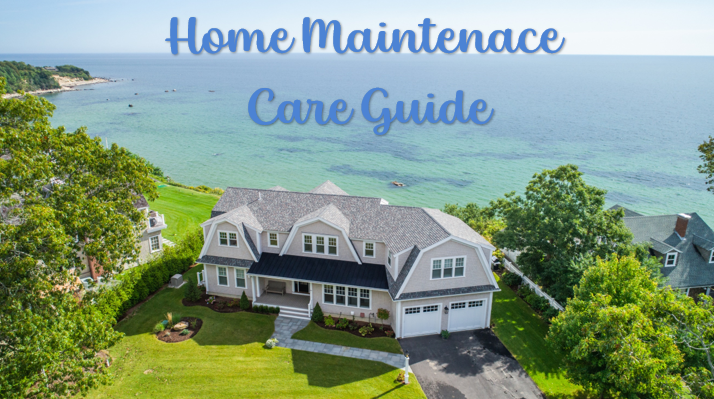
- Clean your dryer vent and exhaust duct to make sure there is no buildup of dust and lint.
- Change the filter in your air conditioner and consider scheduling an HVAC professional to service your system.
- Clean and consider re-sealing your tile grout.
- Do a test of your smoke & carbon monoxide detectors – check your batteries!
- Keep an eye on your irrigation system – a faulty sprinkler or irrigation hose that goes unnoticed can quickly cause larger problems for your lawn or even your basement.
- Reverse the direction of your ceiling fans. If your fans spin counterclockwise, they will push air straight down and will help keep your home cool this summer!
- Pay your attic a visit to check for any signs of mildew, leaks, holes, and even pests.
- Clean the grill to prep for all the summer barbequing!
- Take a look at your standby generator to make sure it is functioning properly.
- Check your gutters and downspouts for any buildup of debris and have cleaned to allow for efficient water flow.
- Your condenser has been outside all spring and winter long, make sure it is properly cleaned.
- Inspect your foundation for any cracks or leaks.
- Wash down your porch and give your deck a glace – check to see if any boards are rotting and may need replacement.
- Wash the windows! Why not have a clean fresh start after all the pollen.
- Check your outdoor faucets for any leaks.
- Inspect the caulking around the windows and doors of your home, this will help keep any unwanted critters out.
- Consider having your roof inspected by a professional.

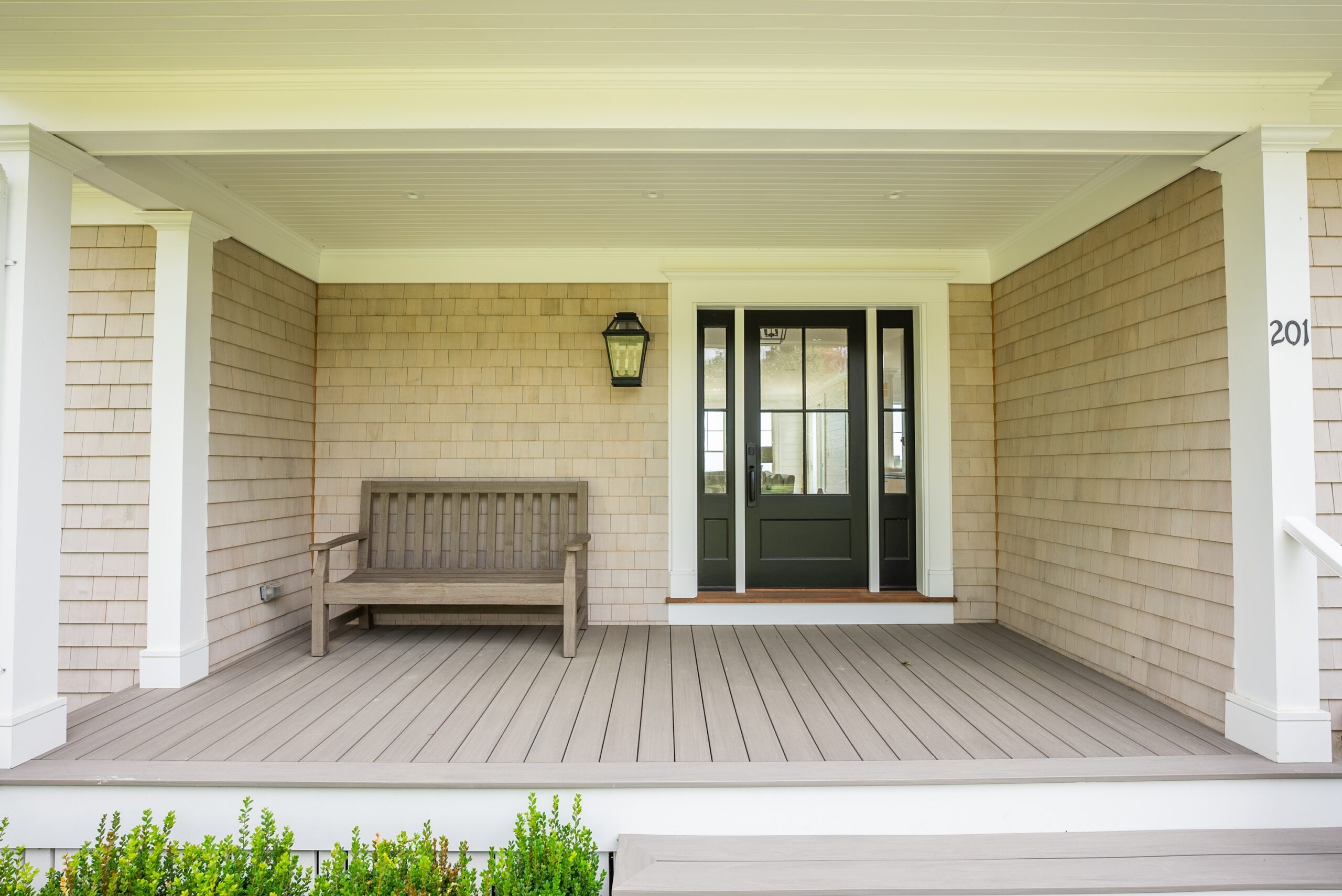
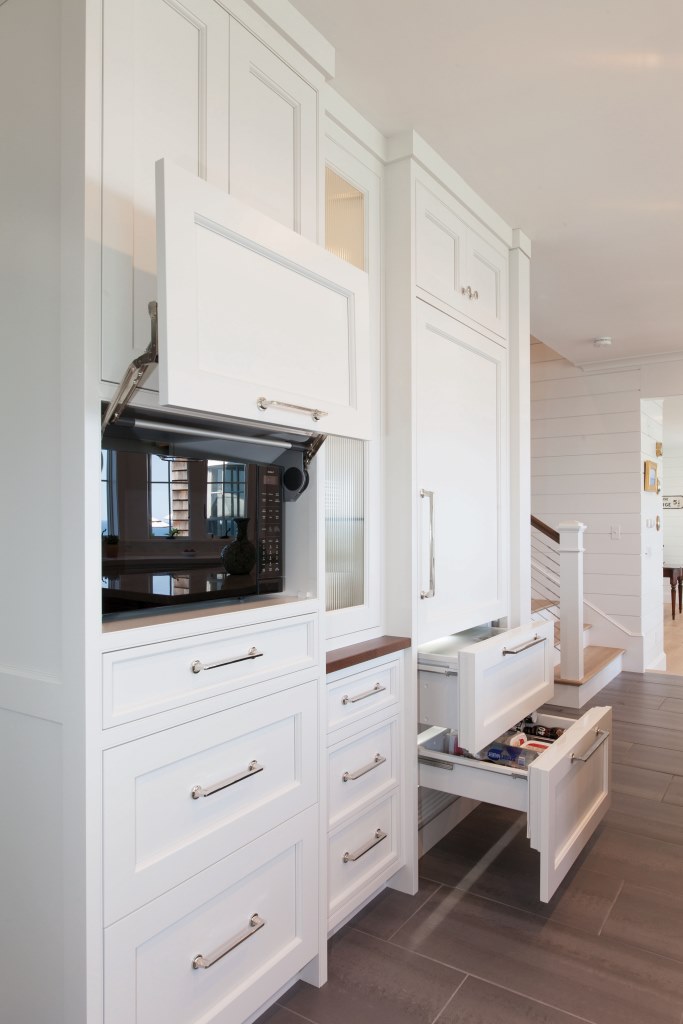

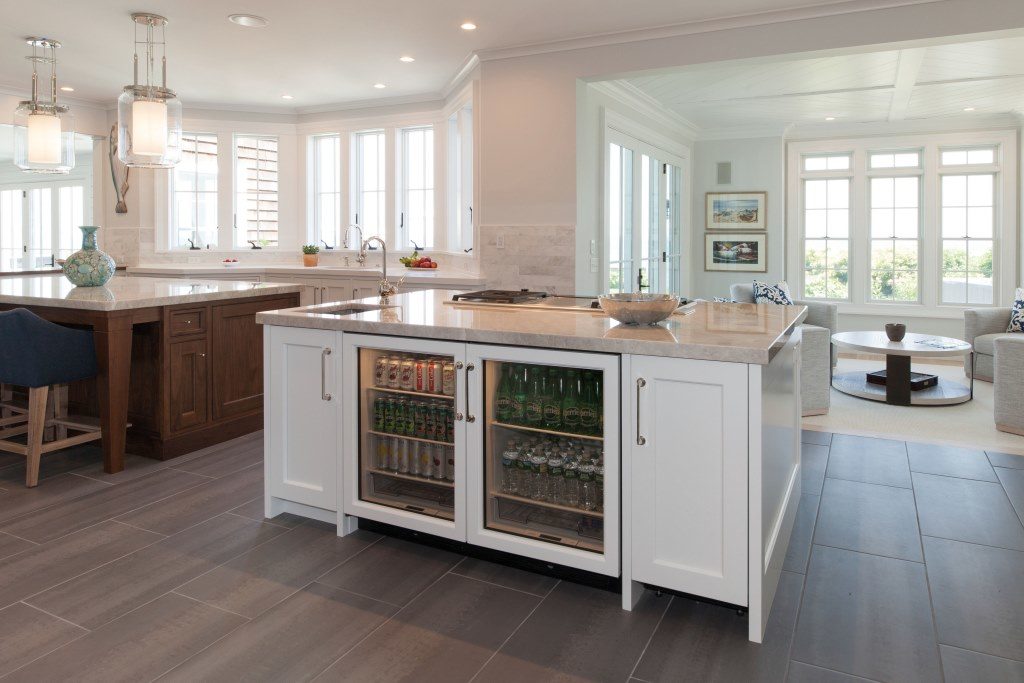
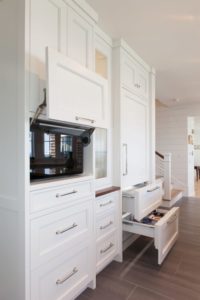
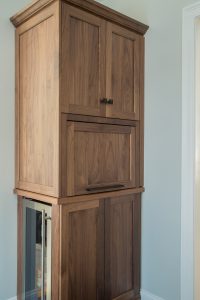
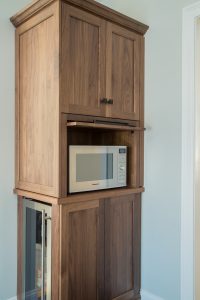
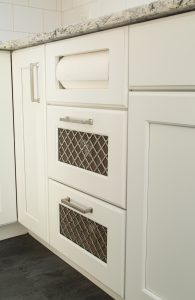
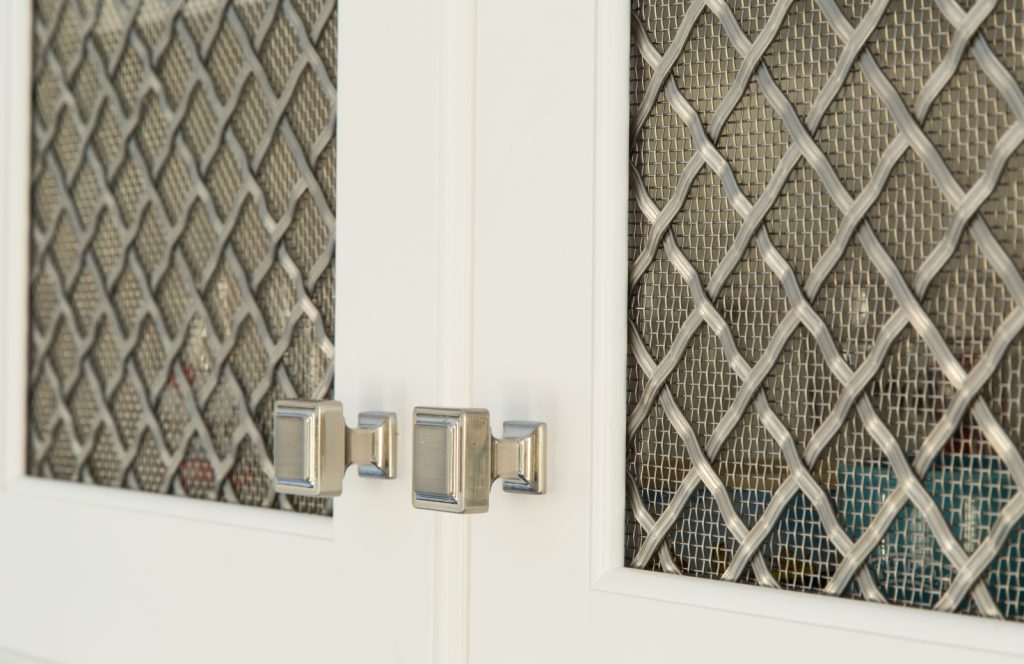

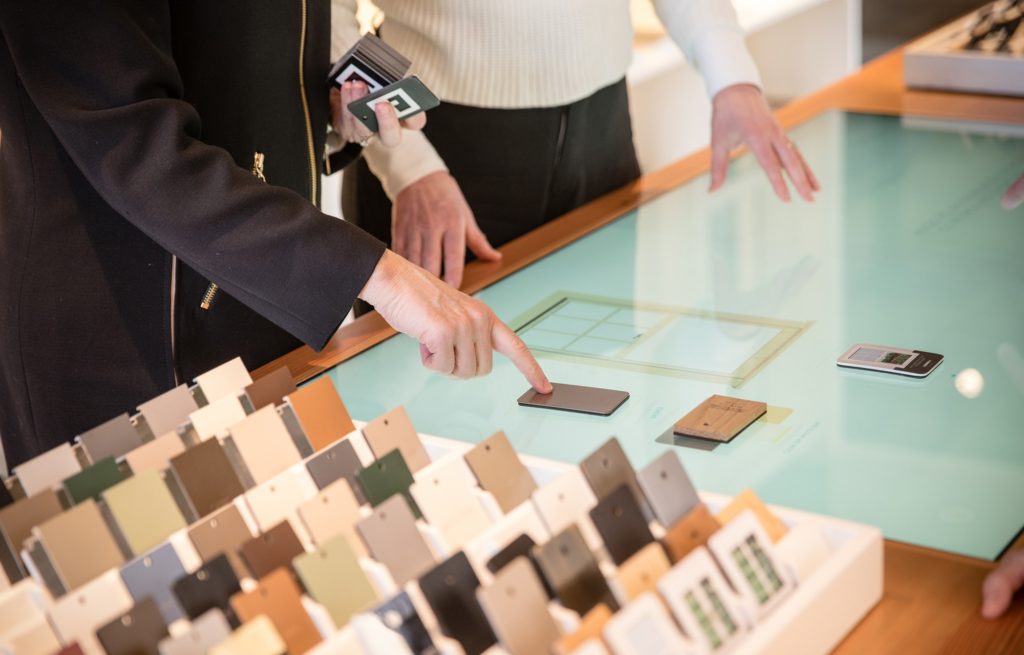
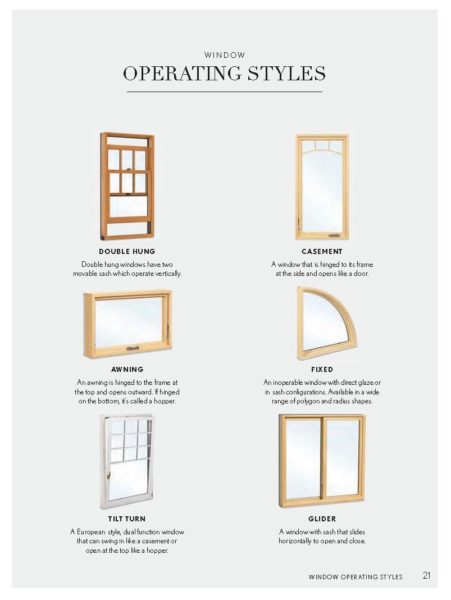
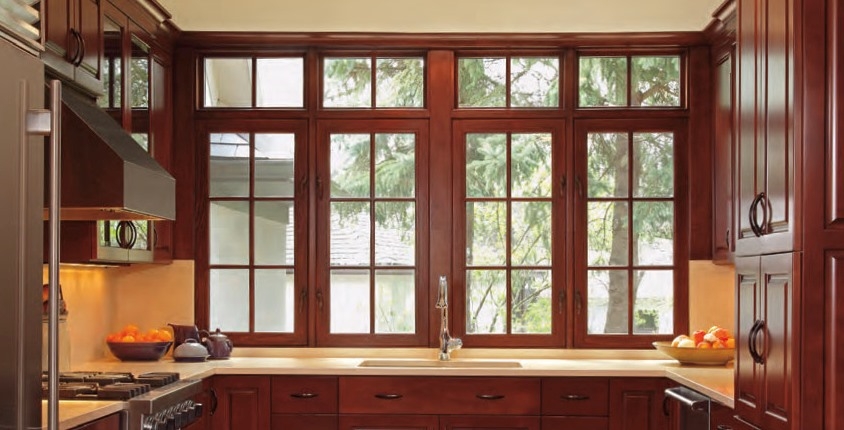

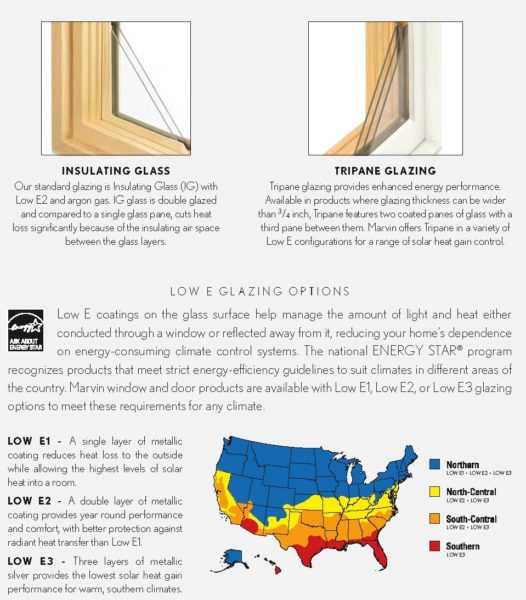
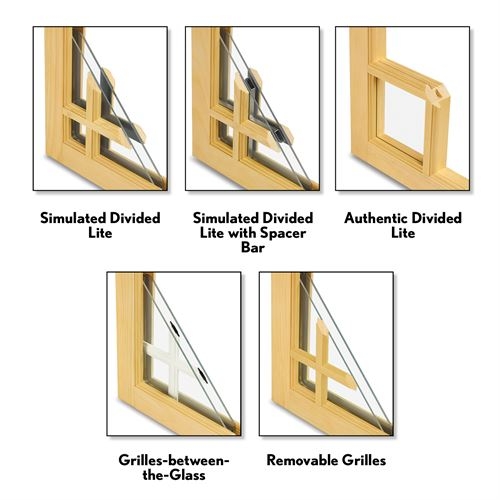 Divided lights refer to the style of grid that appears to “divide” the window pane. Taking your home style & any existing windows into consideration will help to make this choice. Different options offer various aesthetic & practical advantages. Here is a list of some of the most common divided light styles:
Divided lights refer to the style of grid that appears to “divide” the window pane. Taking your home style & any existing windows into consideration will help to make this choice. Different options offer various aesthetic & practical advantages. Here is a list of some of the most common divided light styles: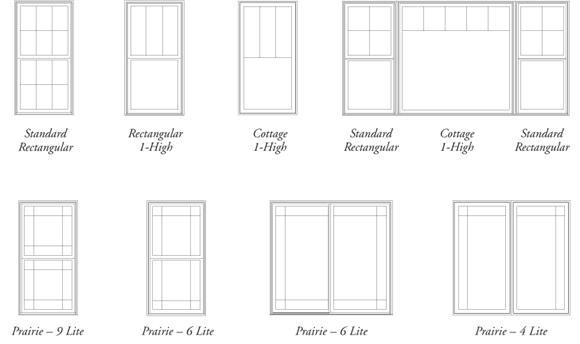
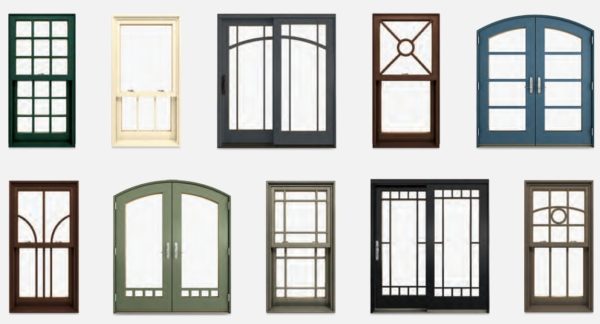

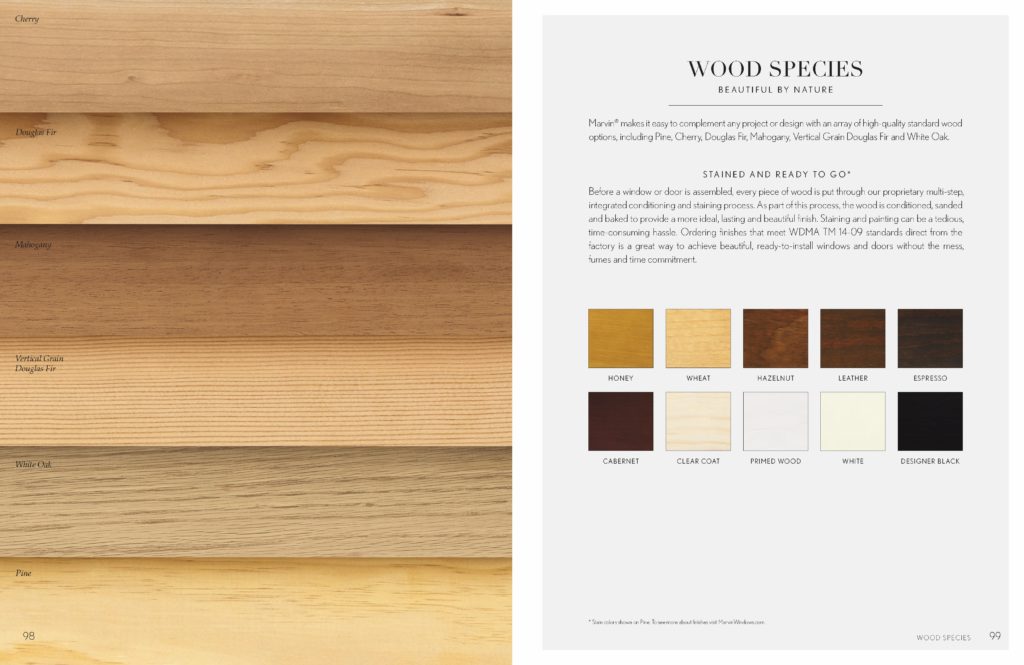
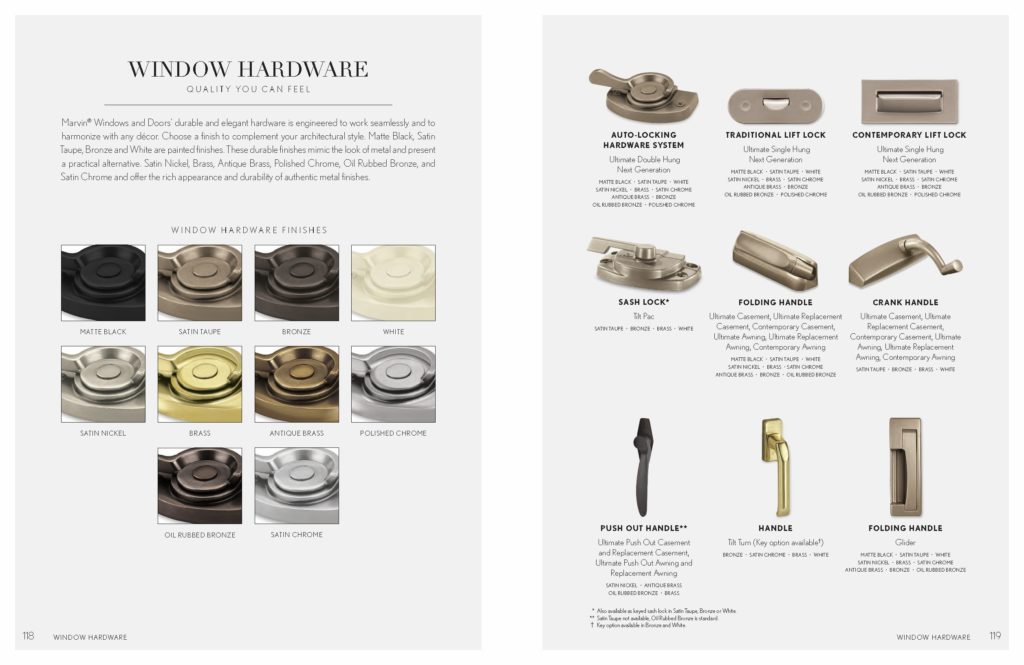
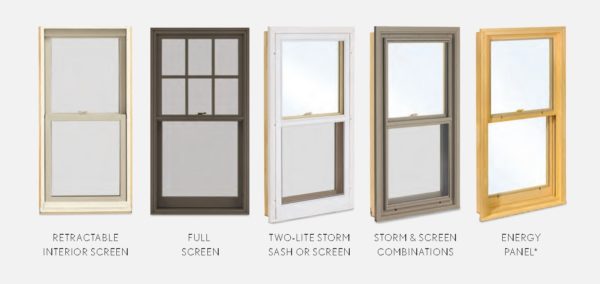
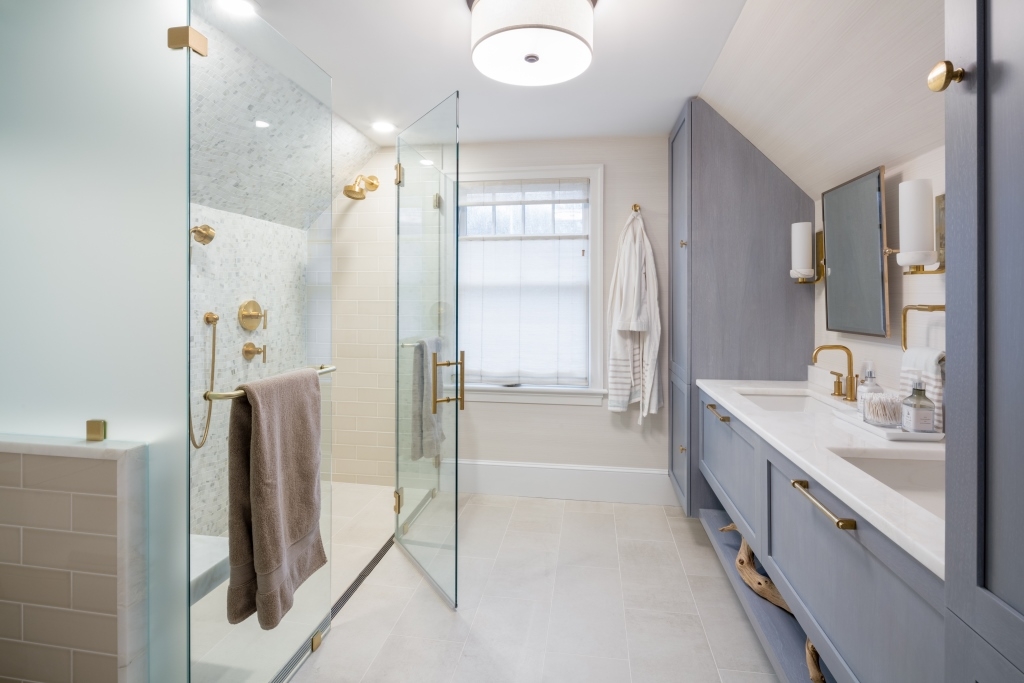
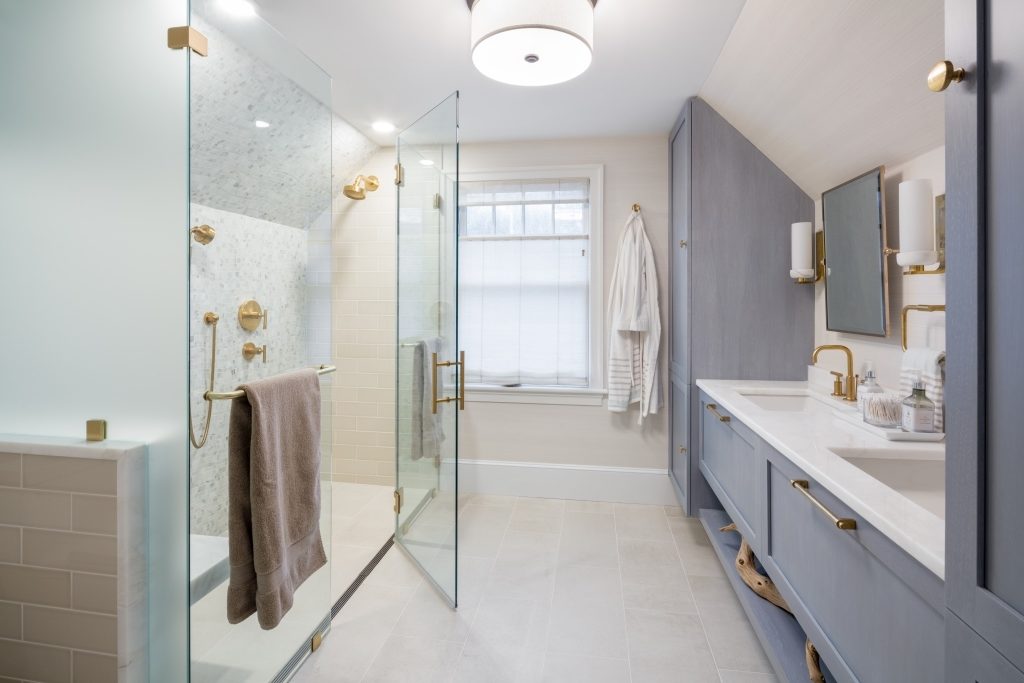


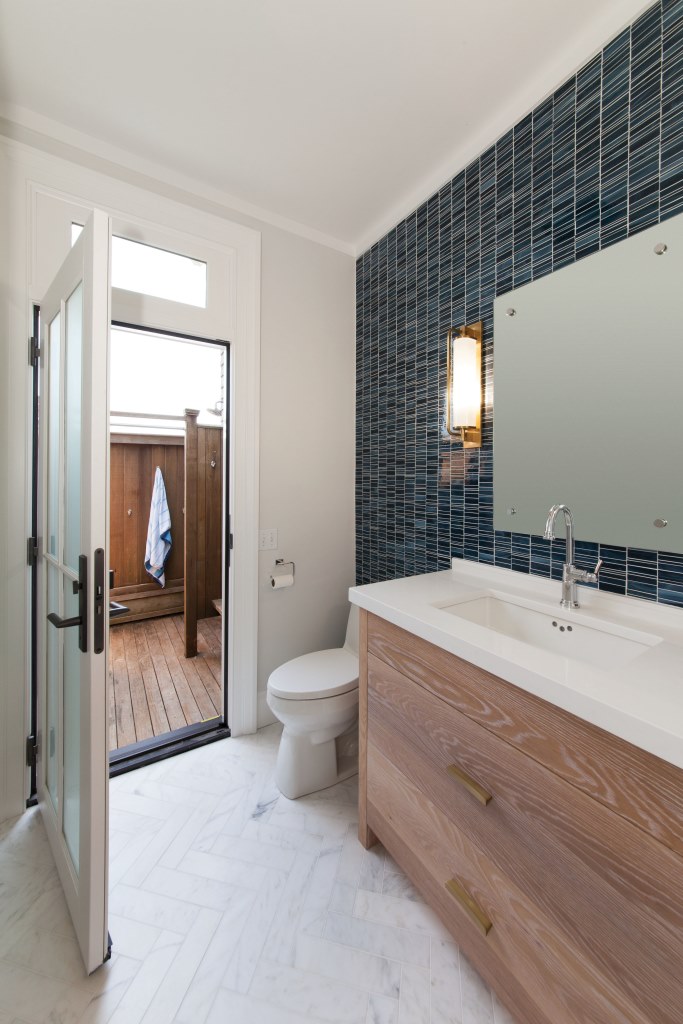
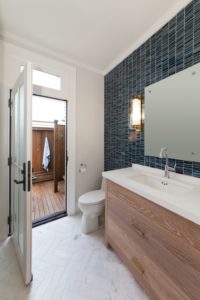 Living in a coastal community as we do here in the Northeast means that many design details in a home are catered to the coastal lifestyle. Whether you are planning for your main residence or a summer home, any home in proximity to a beach is often going to have (or want) an outdoor shower. It’s a matter of practicality really; the comings and goings from the beach can get messy and having a space to rinse off before entering the home means less of that sand and grit make it into your living space. Plus taking a shower out in the open air with a view of the sky & stars is just plain AWESOME. If you’ve never had the opportunity to do it then you’re missing out, but back to the topic at hand. When planning for an outdoor shower why not take it a step further and amp up that functionality ten-fold with an indoor/outdoor bathroom.
Living in a coastal community as we do here in the Northeast means that many design details in a home are catered to the coastal lifestyle. Whether you are planning for your main residence or a summer home, any home in proximity to a beach is often going to have (or want) an outdoor shower. It’s a matter of practicality really; the comings and goings from the beach can get messy and having a space to rinse off before entering the home means less of that sand and grit make it into your living space. Plus taking a shower out in the open air with a view of the sky & stars is just plain AWESOME. If you’ve never had the opportunity to do it then you’re missing out, but back to the topic at hand. When planning for an outdoor shower why not take it a step further and amp up that functionality ten-fold with an indoor/outdoor bathroom.
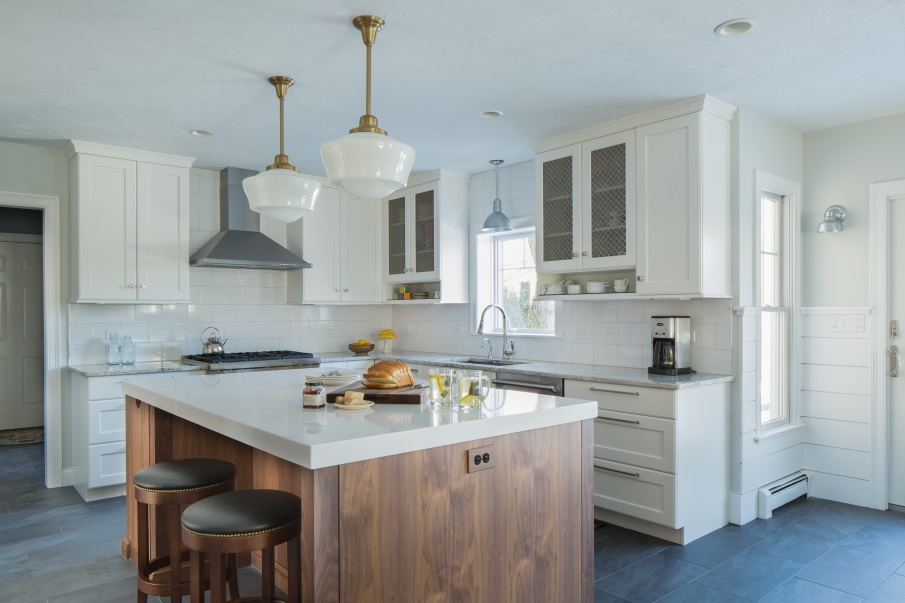
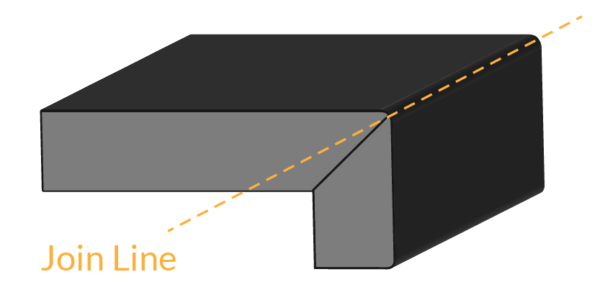 What most don’t know about these thicker counters is that they are actually a mitered edge. It is very uncommon (and costly) to have a stone slab cut at a thicker depth. It would make the stone almost unmanageable for installation and may even be too heavy for most cabinetry that would support it.
What most don’t know about these thicker counters is that they are actually a mitered edge. It is very uncommon (and costly) to have a stone slab cut at a thicker depth. It would make the stone almost unmanageable for installation and may even be too heavy for most cabinetry that would support it.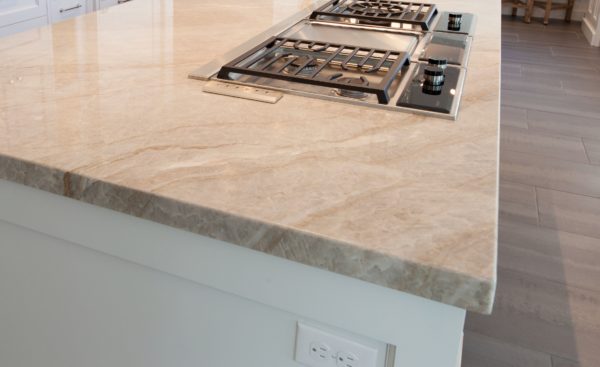
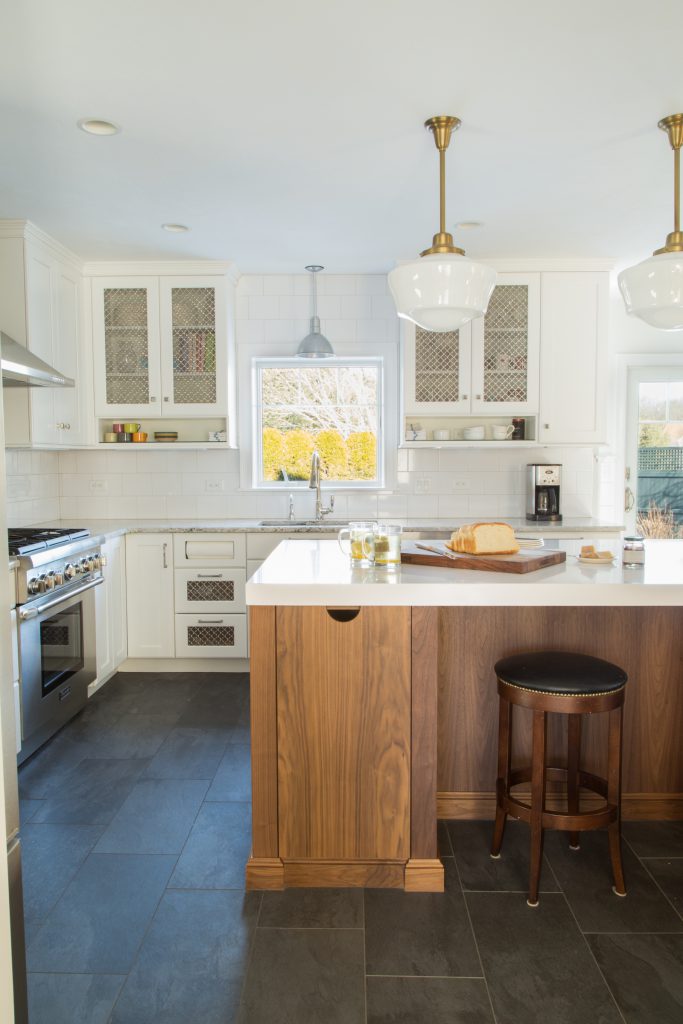
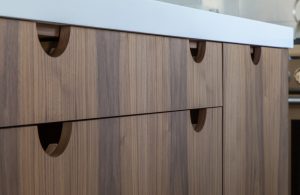
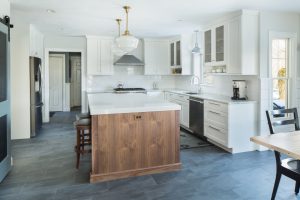



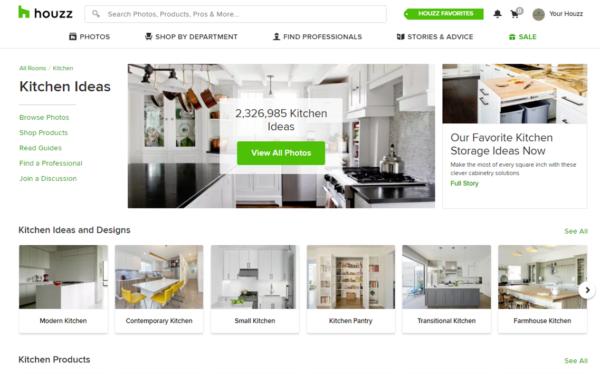
 If structural changes are in the plan, an architect will be the next step. If only interior renovations are planned you may just want to enlist the help of an interior designer. Architects and designers have inherently unique styles and strengths so do your homework and find one that tends to have an aesthetic that you are drawn to. Contact them and use all of the information you’ve gathered to discuss the parameters, scope and style & material preferences.
If structural changes are in the plan, an architect will be the next step. If only interior renovations are planned you may just want to enlist the help of an interior designer. Architects and designers have inherently unique styles and strengths so do your homework and find one that tends to have an aesthetic that you are drawn to. Contact them and use all of the information you’ve gathered to discuss the parameters, scope and style & material preferences.
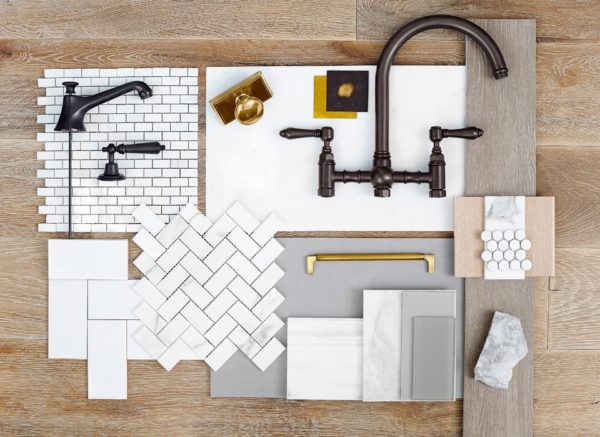
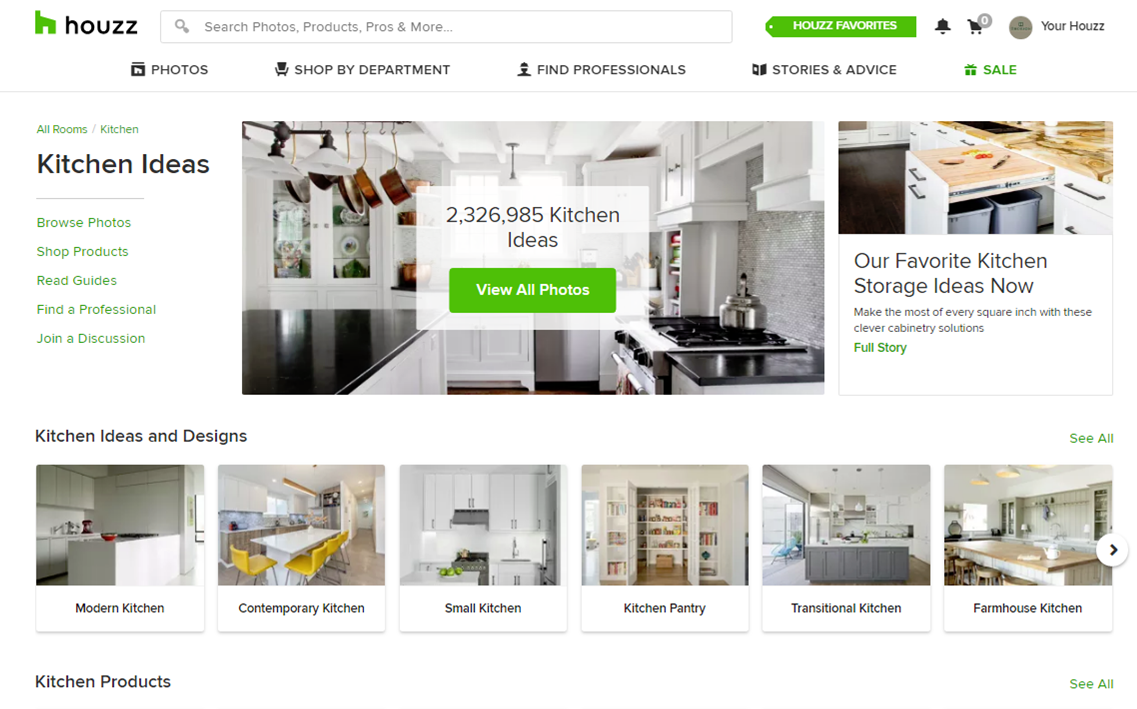


 Summer is breathing it’s last breath, kids are preparing to head back to school and here in New England the weather can turn fast. Prepare now for the impending chill of Fall and winter with some easy home maintenance tasks you can do yourself and some you may want to call in the Pros for.
Summer is breathing it’s last breath, kids are preparing to head back to school and here in New England the weather can turn fast. Prepare now for the impending chill of Fall and winter with some easy home maintenance tasks you can do yourself and some you may want to call in the Pros for. 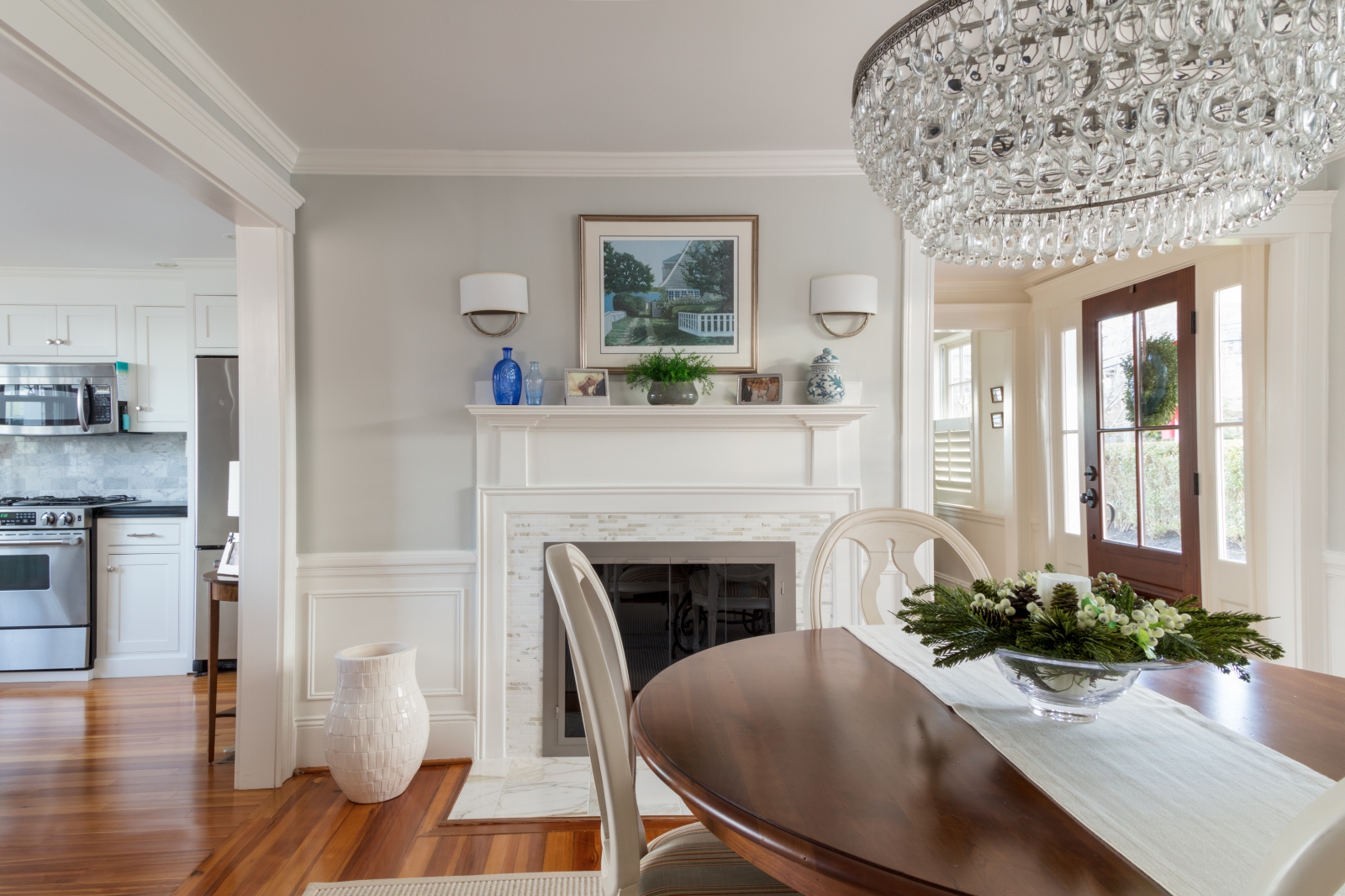




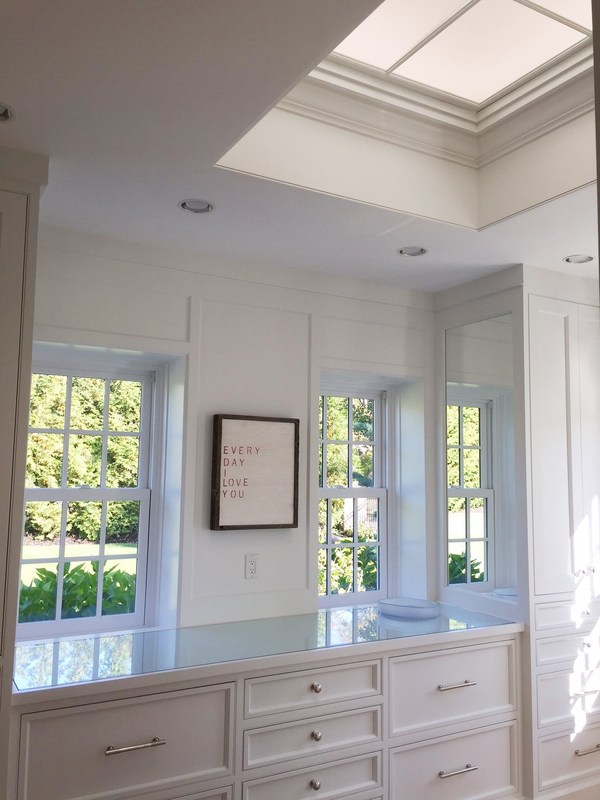
 Skylights are a great way to bring natural light into an otherwise dark space. The latest technology in skylights has them fully automated with touch screen remote controls and water sensors that can automatically close the unit if rain is detected.
Skylights are a great way to bring natural light into an otherwise dark space. The latest technology in skylights has them fully automated with touch screen remote controls and water sensors that can automatically close the unit if rain is detected.

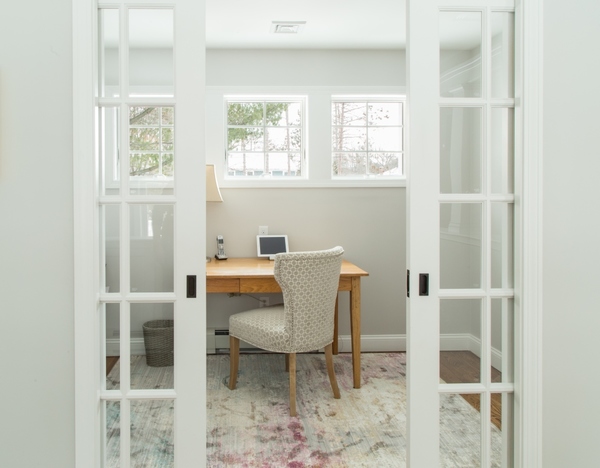


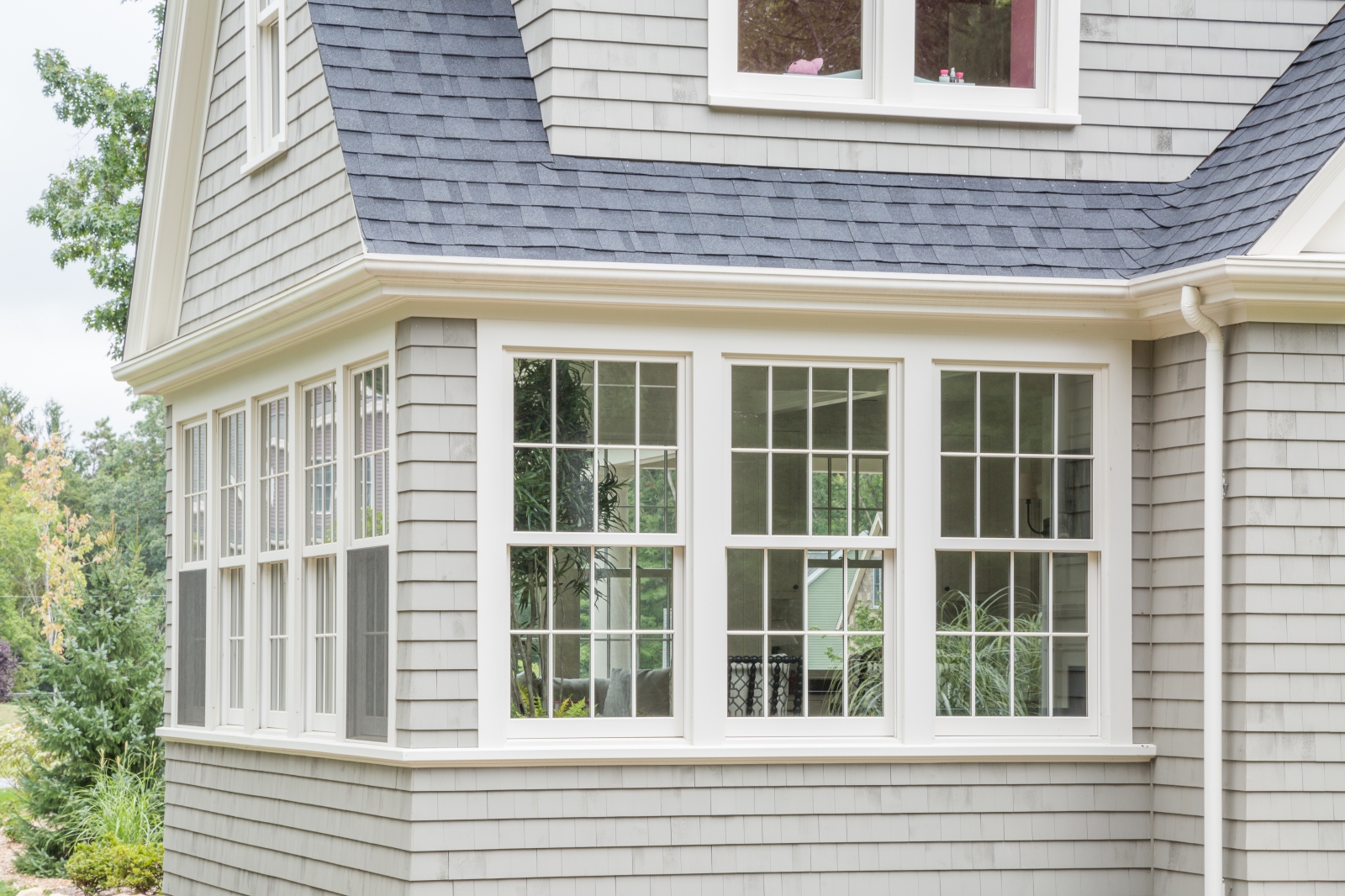
 When assessing whether you should replace your windows, ask yourself the following questions:
When assessing whether you should replace your windows, ask yourself the following questions: